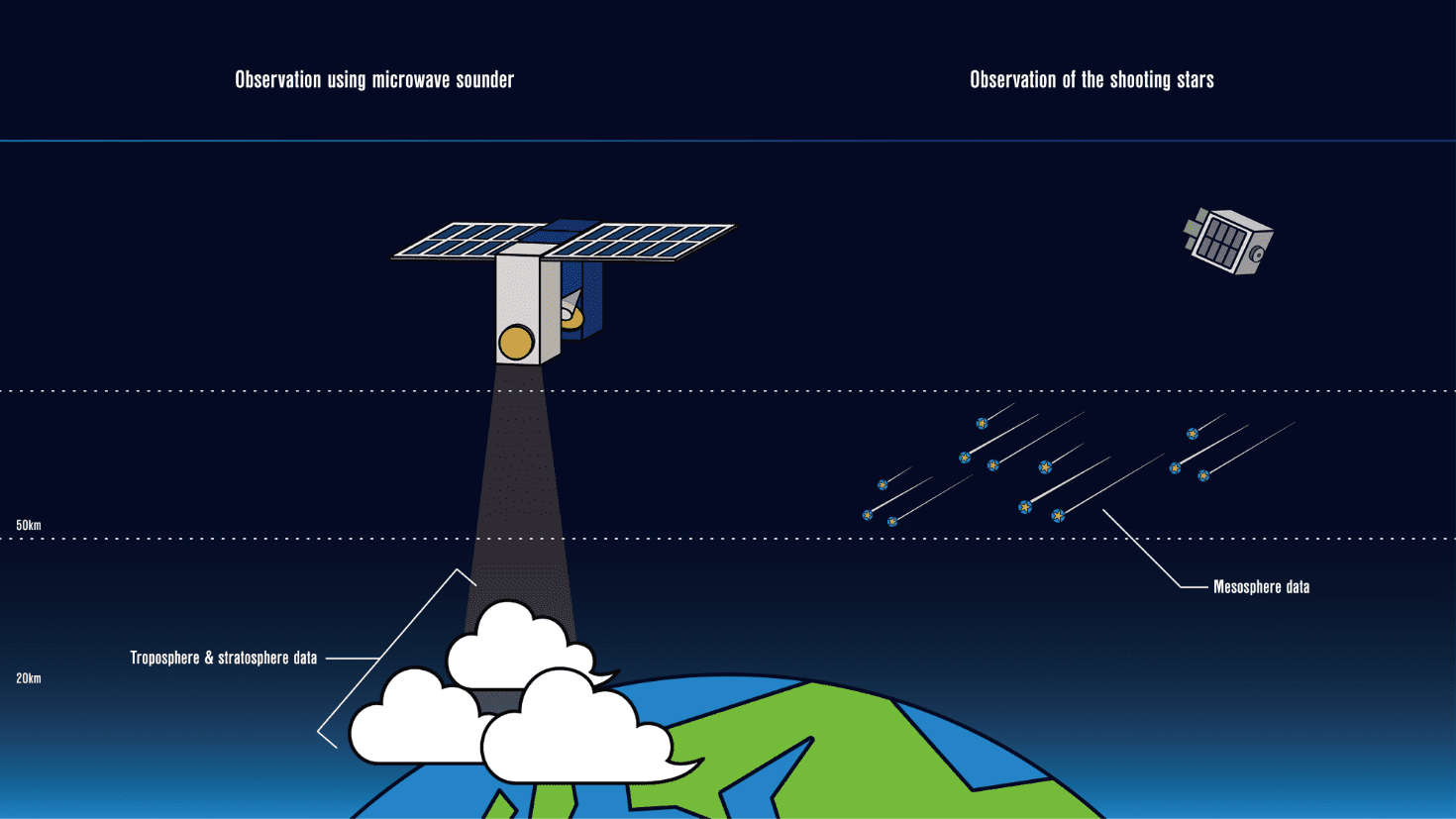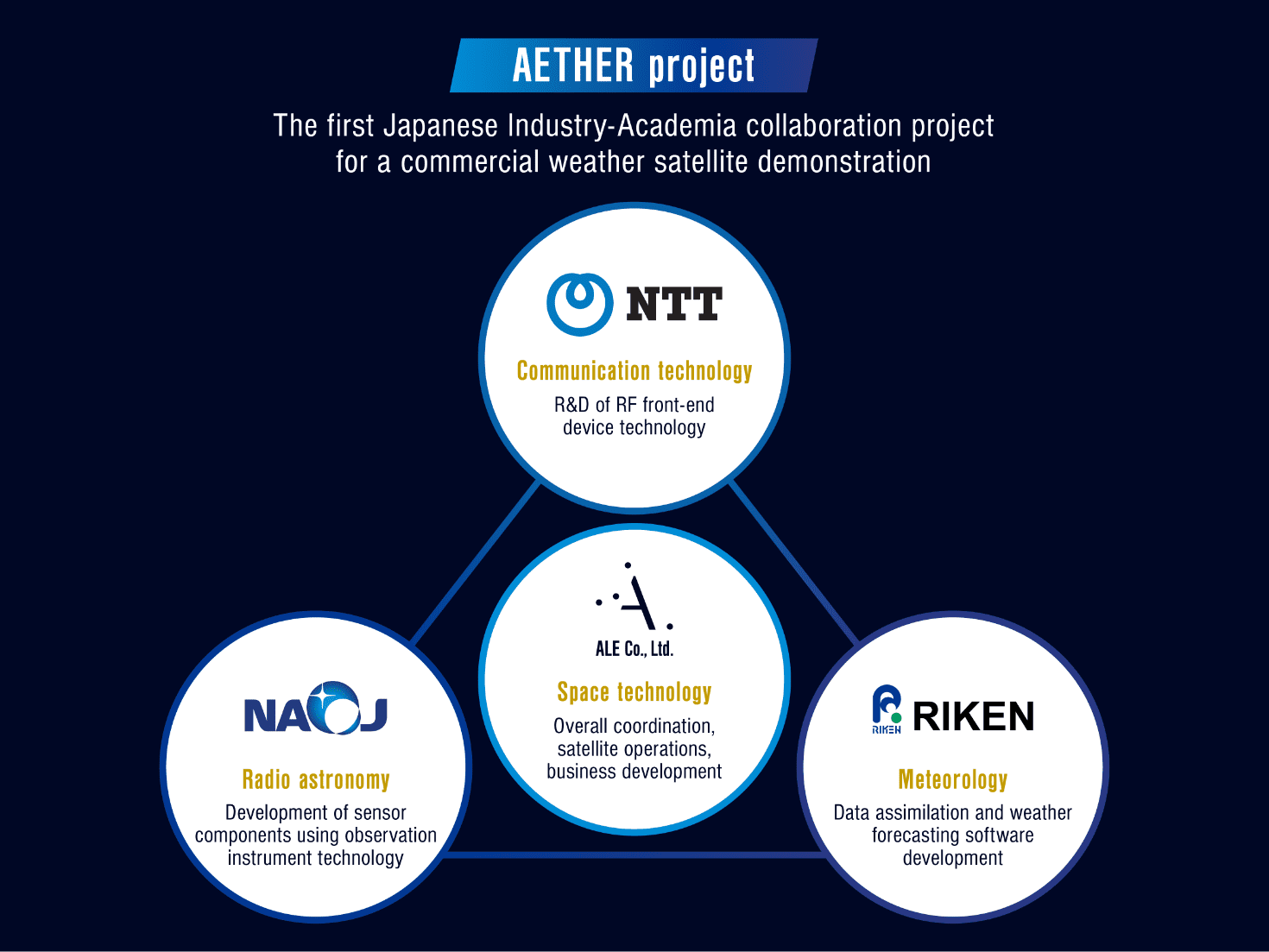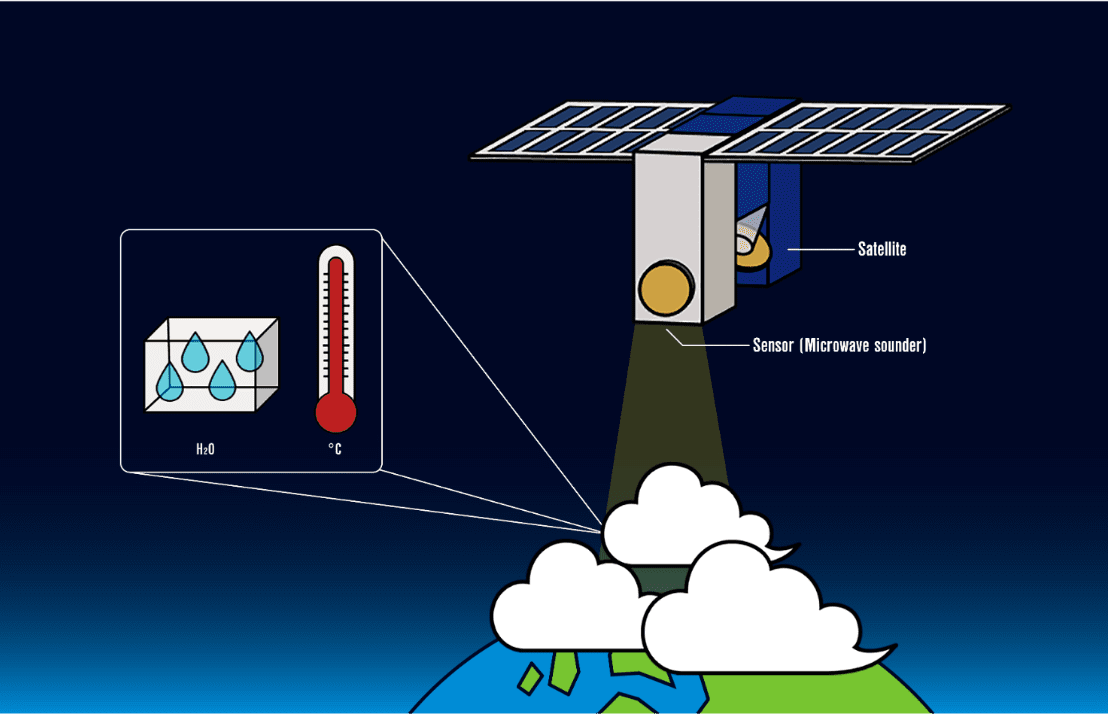ATMOSPHERIC DATA
Unraveling Earth’s mysteries with the science of shooting stars
By studying the path and light emission of shooting stars,
we aim to unravel the mysteries of the Earth’s atmosphere.
Based on the history of satellites and weather forecast,
we explore new methods to observe Earth.
Leveraging our human-made shooting stars, small satellites, and plasma technology,
ALE aspires to speed up the acquisition of Earth’s weather data.
By shedding light on the mechanisms of climate change,
we hope to advance scientific knowledge and help create a sustainable world for humankind.


